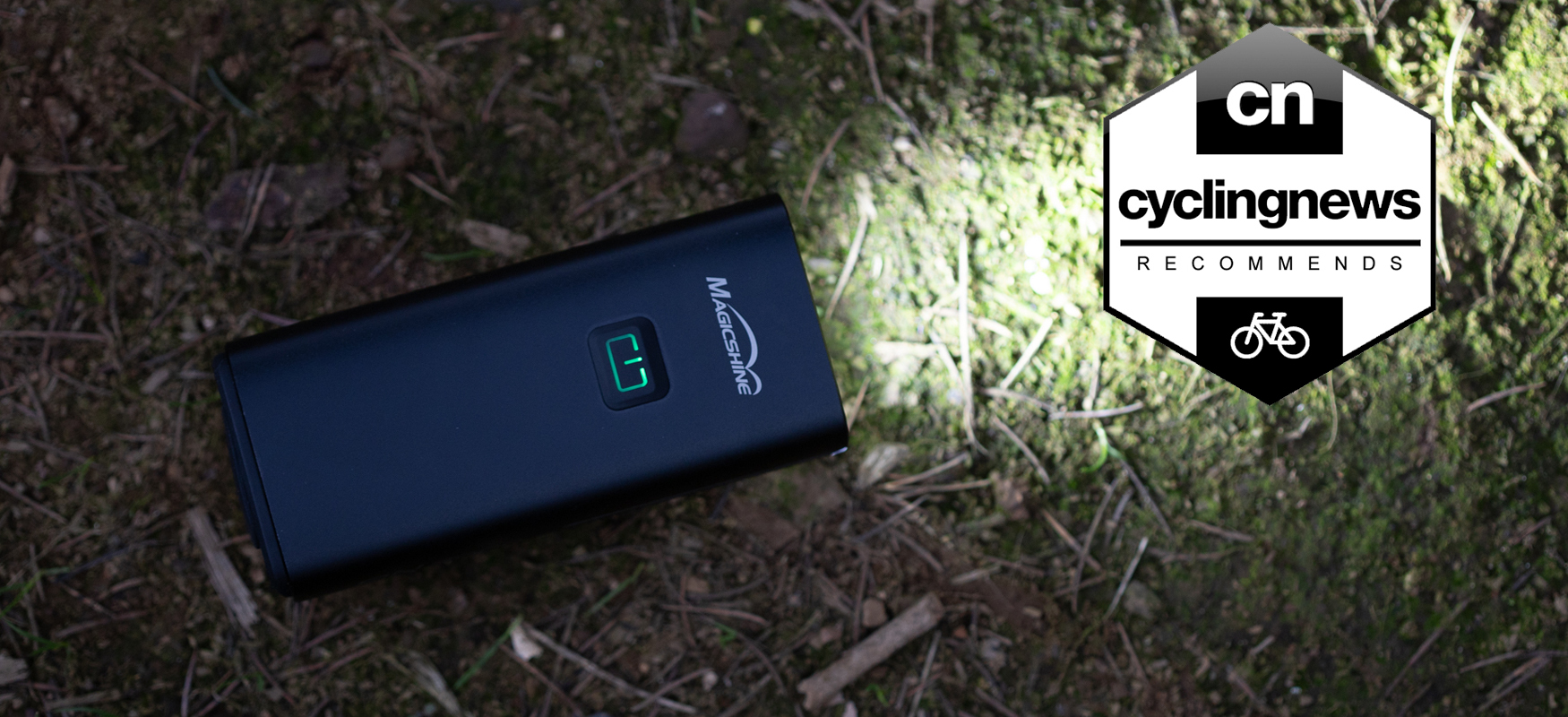Cyclingnews Verdict
From a price-for-performance point of view, the Magicshine RN 3000 stands alone. It’s got tonnes of power and a huge battery that lets it run for what seems like forever. It could still use some polish when it comes to the control scheme though.
Pros
- +
Value pricing
- +
10,000 mah battery
- +
Rear-facing USB-C charge port
- +
Power bank capabilities
- +
Robust cover for the charge port
- +
Garmin quarter-turn mount opens more mount possibilities
- +
Lock function ensures it will not turn on accidentally
- +
IPX6 water protection
Cons
- -
Power mode selection is overcomplicated
- -
Ribbed upper section of lens only makes sense if the light is mounted upright
You can trust Cyclingnews
The right front bike light is a light that gets you back and forth across town, or whatever landscape you are covering, safely and without much thought. It just works when you need it and part of that is a battery that lasts. If you take a look at our list of the best bike lights we have options for all kinds of riding at a variety of price points and sizes. Technology is always pushing forward though, and there is always a new light promising better visibility and longer run times.
The Magicshine RN 3000 is exactly that kind of front bike light. The battery is bigger than anything we have on our list. That big battery supports longer run times and higher light output. It's so good on paper you have to wonder if it lives up to the promises it makes.
Throughout the winter we've put it to the test. It's been there to light our way through early mornings and late evening rides and now we are ready to share our thoughts on it. If you are looking for a light that will last for weeks of commuting or through an entire night of riding then keep reading to see our thoughts on what Magicshine brings to the table.
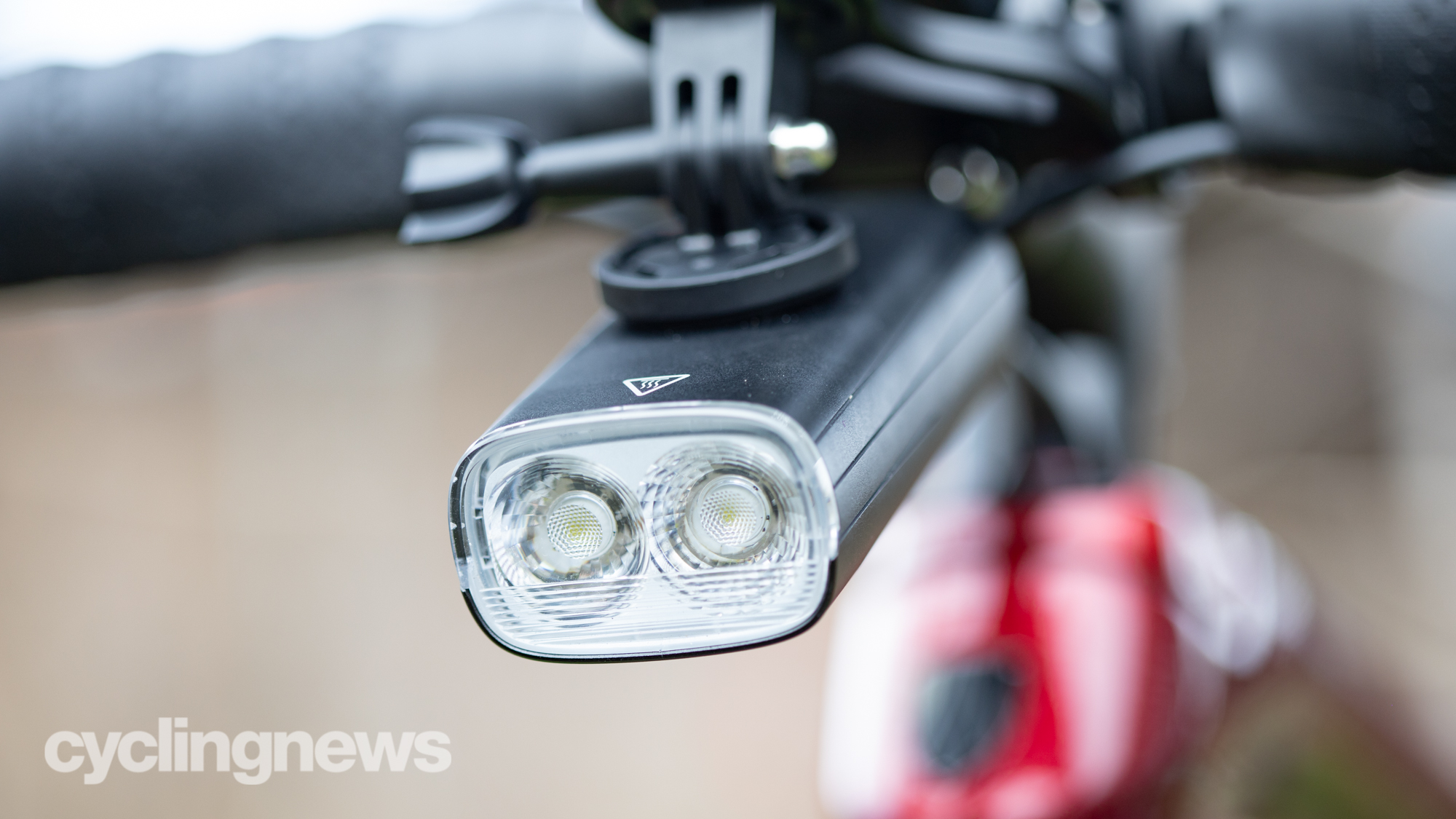
Design and aesthetics
The front of the Magicshine RN3000 is where the dual LED bulbs sit proudly displayed. The cover is a single, flat, unit with each bulb set back into their own reflector housing next to each other. Roughly the top third of the housing uses a ribbed design that softens the upper part of the beam in an effort to avoid blinding oncoming traffic. That same section sees the aluminium housing come all the way to the front surface of the lens cover. Below that the housing stops just a little bit short allowing a bit of light leakage for side visibility.
The rest of the outer housing is almost entirely smooth. There are a few small lines that break up the housing on either side but they are so small that it seems unlikely they provide much cooling. Instead, these small indents serve to highlight the product name displayed on each side. It's the only non-functional design element on the black expanse of aluminium that serves as the main body.
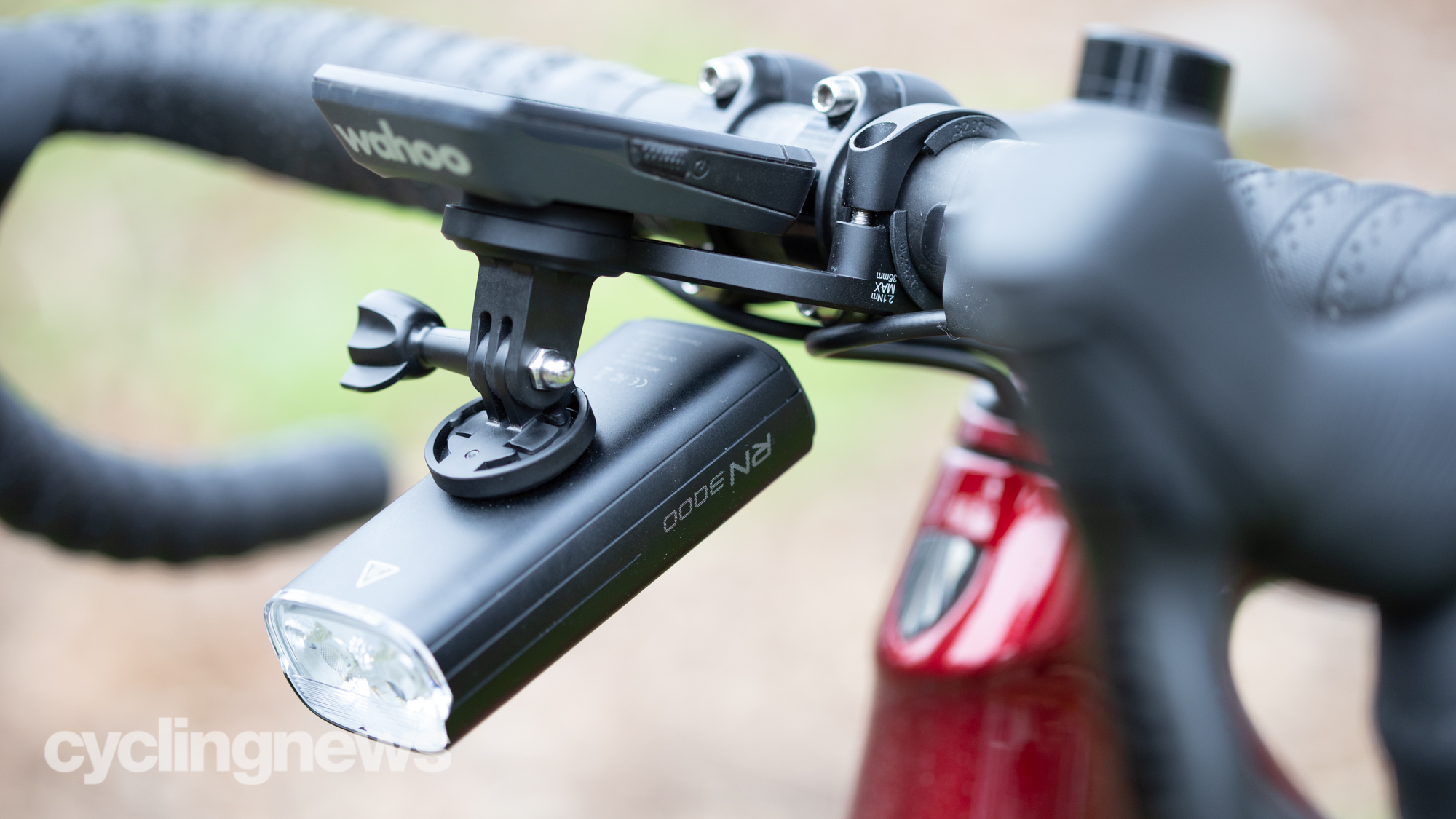
On the top at the front is where the power button sits. It's a raised button with an LED in the centre that shines green or red. Single press the button with the unit off and a green light indicates remaining battery life of 20 per cent or greater. If battery life is between 20 and 10 percent it will instead display a red light. Below 10 percent and it will flash red. If it's plugged in, then flashing red will indicate charging while solid green means fully charged.
To turn the light on requires a long press. Then, with the light shining, a single press changes between one of four power modes. A quick double press changes between left LED only, right LED only, both LEDs flashing, or solid lighting from both LED bulbs. Powering down is a long press and continuing to hold will activate the lock mode.
Lock mode indicates it's active with the power button beginning to flash red. Release the button and the light is now locked. To unlock it requires holding for five seconds then releasing and long-pressing again. The two-part unlock means that even if the power button is being held in a bag, it will not unlock.
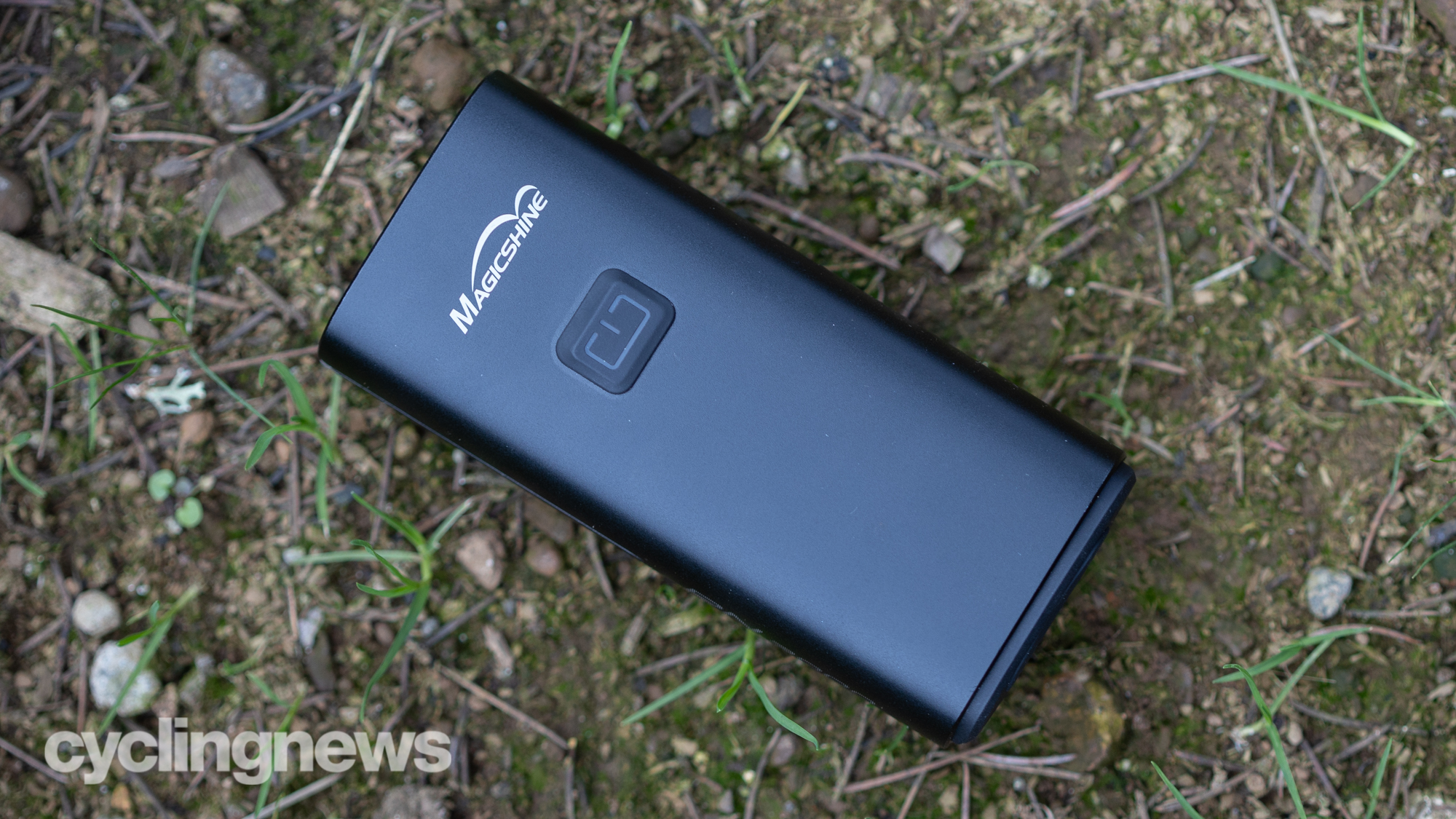
Flip the light to the bottom and you'll find a standard Garmin quarter-turn mount. In the box is a somewhat standard style of mounting that's almost exactly the same as what you can find on the Giant HL1800, as well as others. There's a plastic strap that goes around the bar and a hex bolt to tighten it down. Magicshine includes four lengths of the strap meaning plenty of options even if you have oval-shaped aero bars.
At the back of the light is where you'll find the charge port. Gone is the scourge of the delicate and finicky micro-USB and in its place is a USB-C connector. Because USB-C is bi-directional and fast charging, the 10,000mAh battery charges from dead in 3.5 hours and can function as a power bank if needed. It's also well protected and positioned for easy access while riding.
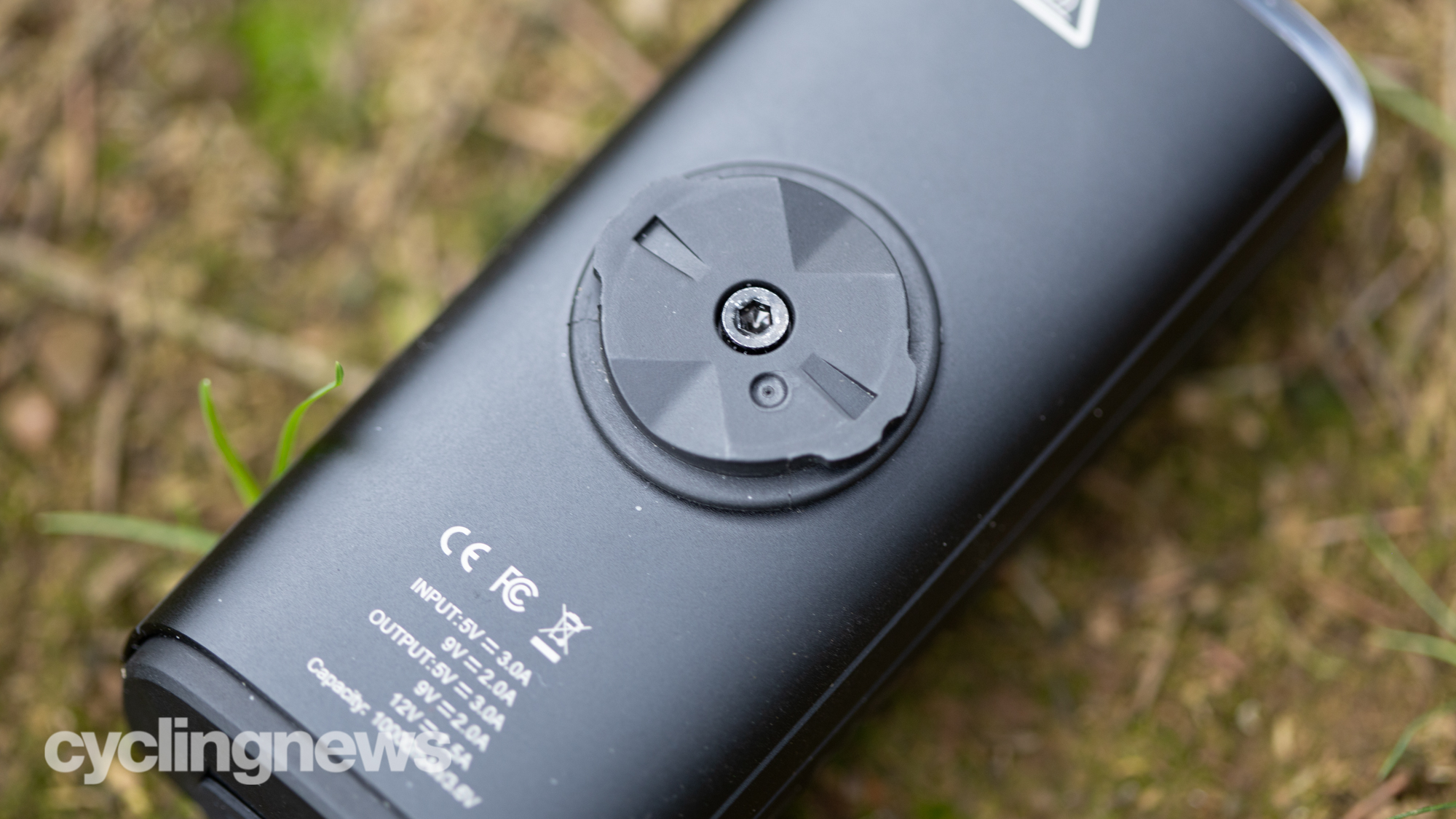
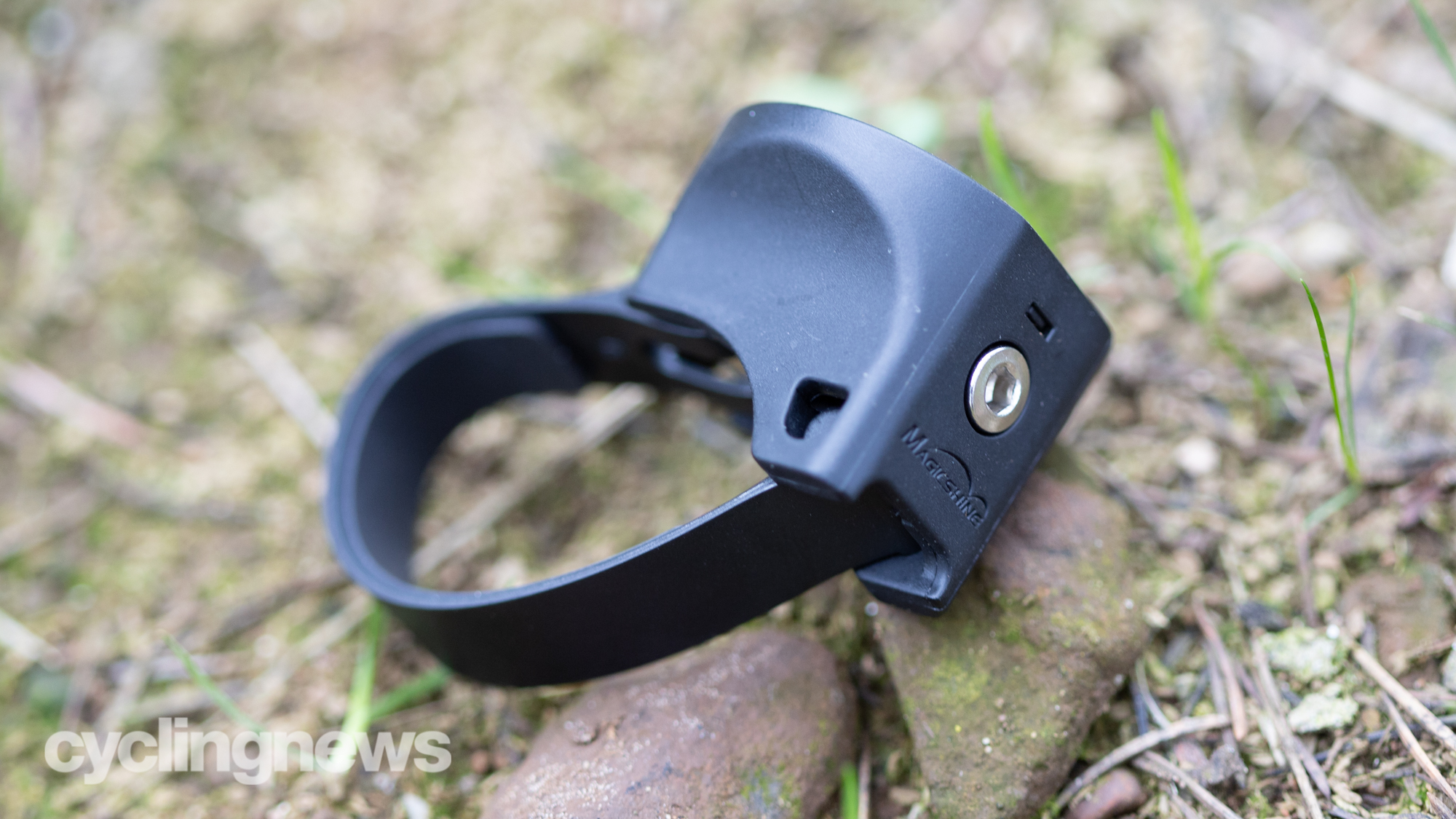
Performance
There are two great ways to look at the performance of the Magicshine RN 3000. The most common use for a bike light is commuting in the winter months when the light is low. Average commute times in the UK are 45 minutes and only 20 minutes in the US. In many of those cases, less than 750 Lumens is plenty of power, and at this output, the Magicshine could go somewhere around nine days without needing a charge.
Along those same lines, the lockout function is a marvel of backups upon backups. It's not impossible that things would briefly shift and provide a brief break in pressure and activate the second stage of the unlock, but keep pressing the button - the likely scenario inside of a bag - and the light will turn off again then re-lock. The absolute worst-case scenario is that inside of a bag the RN 3000 could cycle back and forth between unlocked and locked.

My interest in bike lights isn't in getting to and from work though. For me, I'm either starting before the sun, ending after the sun, or trying to ride through the night. In those situations, I like to have a light of around 700 lumens. Given that preference, the RN 3000 will get me through a long winter night, up to 13.5 hours, without needing to charge it. There's no external power I need to worry about mounting, no second light I need to bring, nothing. For more normal rides that only need at most two hours of light covering a little before sunrise and a little after, that could be a couple of weeks of use. Given the price, that's unheard-of performance.
In my time spent using this light, the beam performance and battery life were as good as it seems on paper. It has never come on when packed into a bikepacking bag, it has always provided plenty of power when I needed it, and I have only charged it once just to be safe. That's over the course of months of use.
There are some areas where things are not as rosy though. The biggest challenge is the control scheme. There are four power levels and four modes for a total of 16 possible settings. Changing modes requires a double click that's sometimes tough to handle with frozen fingers. If I want to have the light in the flashing mode at 300 lumens during the day then swap to 750 lumens with both bulbs illuminated when the sun goes down, that requires three double clicks and a single click.
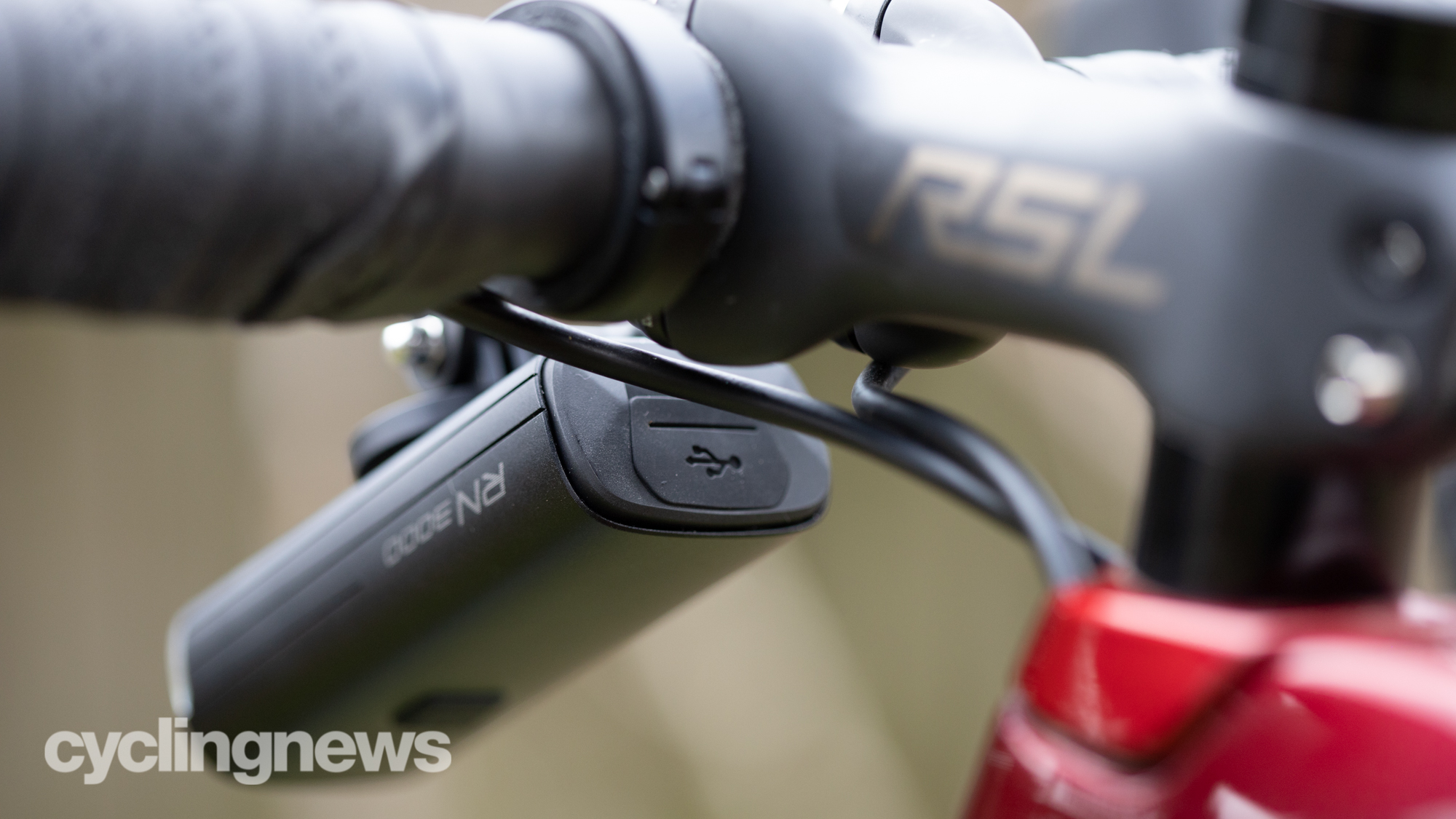
Verdict
In terms of specs, this is the best light I've had the opportunity to test, and it allows me to plan bikepacking trips with only a single light in my bag. When I planned to try and ride through the night this winter, it meant a single light would have worked instead of three. There are other lights on the market that can match the specs but none of them at this price point.
That kind of performance in some ways makes any complaints irrelevant. There's not another option I can point out that's a better buy if power and burn times are your measuring stick. This light isn't perfect though. There's no reason to have 16 settings when many of them offer no performance benefit. Moving to a single mode with four settings and two flash options would make for a far better experience. For now, the Magicshine RN 3000 is king of the self-contained lighting market but there's an opportunity for either Magicshine, or someone else, to do things better. As it is, if you need a front bike light with a big battery and lots of available lumens, the Magicshine RN 3000 makes a lot of sense.
Tech Specs: Magicshine RN 3000
- Price: £139.99 / $159.99
- Weight: 280g without mount
- Output: 3000 lumens
- Battery: 10000mAh
- Water resistance: IPX6
- Runtime: See below
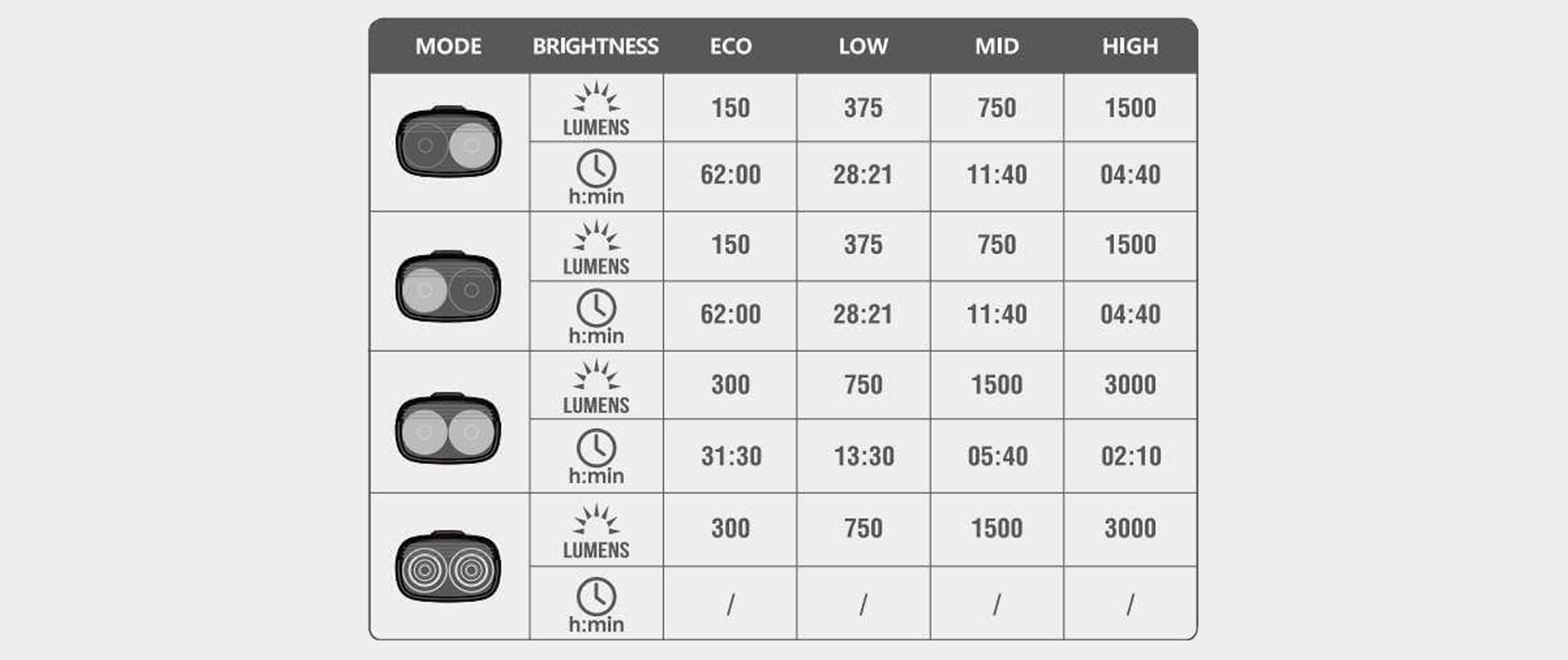
Josh hails from the Pacific Northwest of the United States but would prefer riding through the desert than the rain. He will happily talk for hours about the minutiae of cycling tech but also has an understanding that most people just want things to work. He is a road cyclist at heart and doesn't care much if those roads are paved, dirt, or digital. Although he rarely races, if you ask him to ride from sunrise to sunset the answer will be yes. Height: 5'9" Weight: 140 lb. Rides: Salsa Warbird, Cannondale CAAD9, Enve Melee, Look 795 Blade RS, Priority Continuum Onyx
